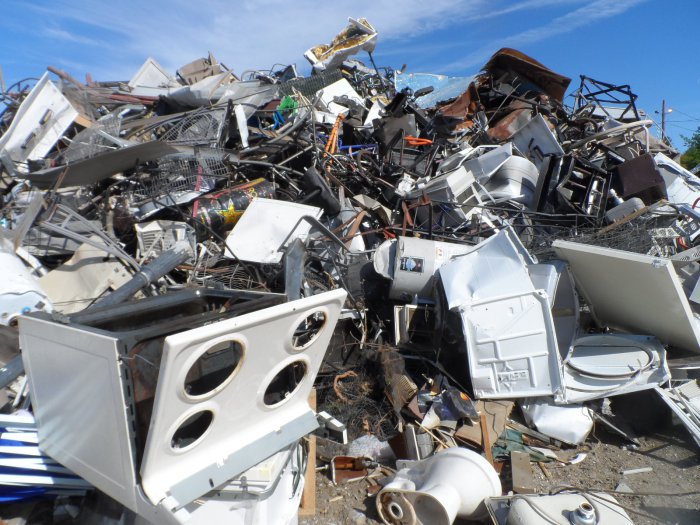Today, we continue our discussion on consumption, waste and what we can do to live more sustainable lives. Last week we looked at the prevalence of plastic pollution. On a positive note, we learned that each year, on average, people in Teton County are recycling more plastic.
But, that could be for two reasons. Either we’ve become more conscientious about recycling or we’re all buying more items made from plastic. And addressing our consumption levels is crucial. Because plastic breaks down into microplastics. And those plastic particles have been found in our air, water and the food we eat.
That brings us to a 2018 study that found microplastics in tap water, beer and salt… a lot of microplastics. Among the 159 samples of globally sourced tap water tested, 81 percent was contaminated. As for the beer and sea salt? All 12 brands of beer (made with water from the Great Lakes) and all 12 brands of commercial sea salt contained microplastics.
We talk to a lead researcher on that study, Mary Kosuth. Later, Ali Millburn of Hole Food Rescue joins us to discuss the massive evolution of her food recovery nonprofit. Then we spin the globe to Lisbon, Portugal, and hear from Anna Massiello, a zero waste advocate. She started R-Coat, a company that collects discarded umbrellas and repurposes the fabric into stylish raincoats.






